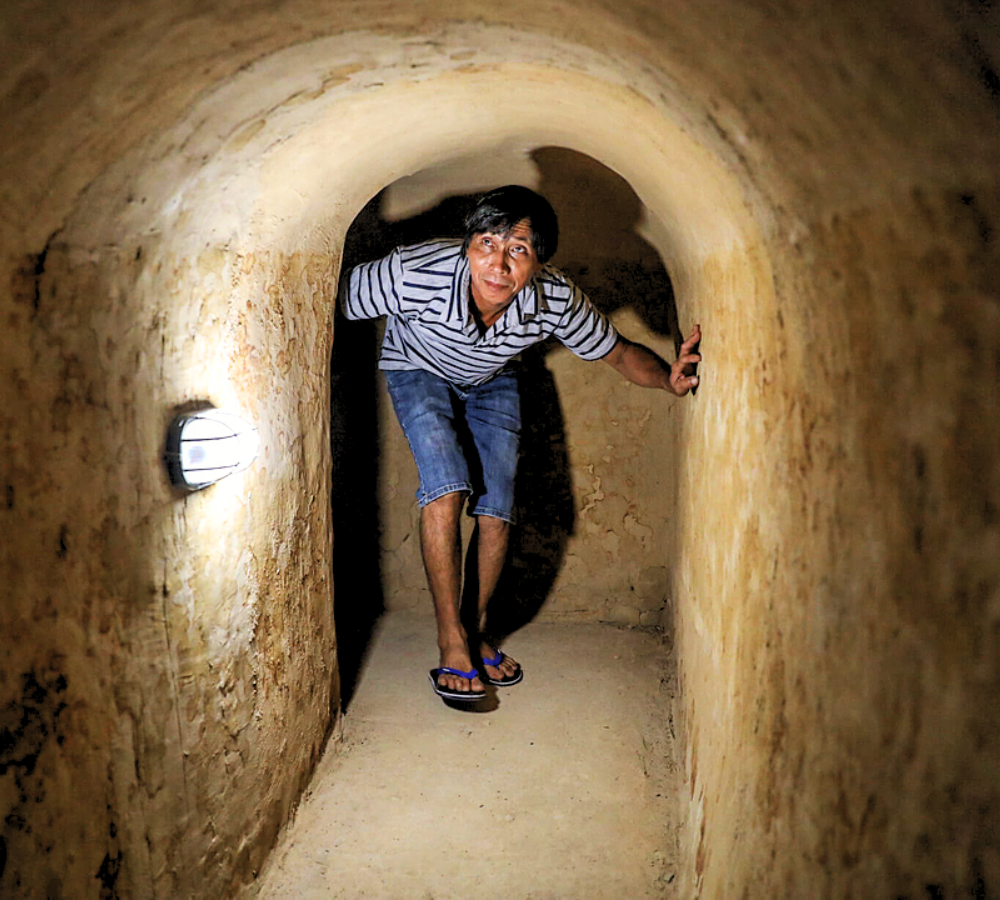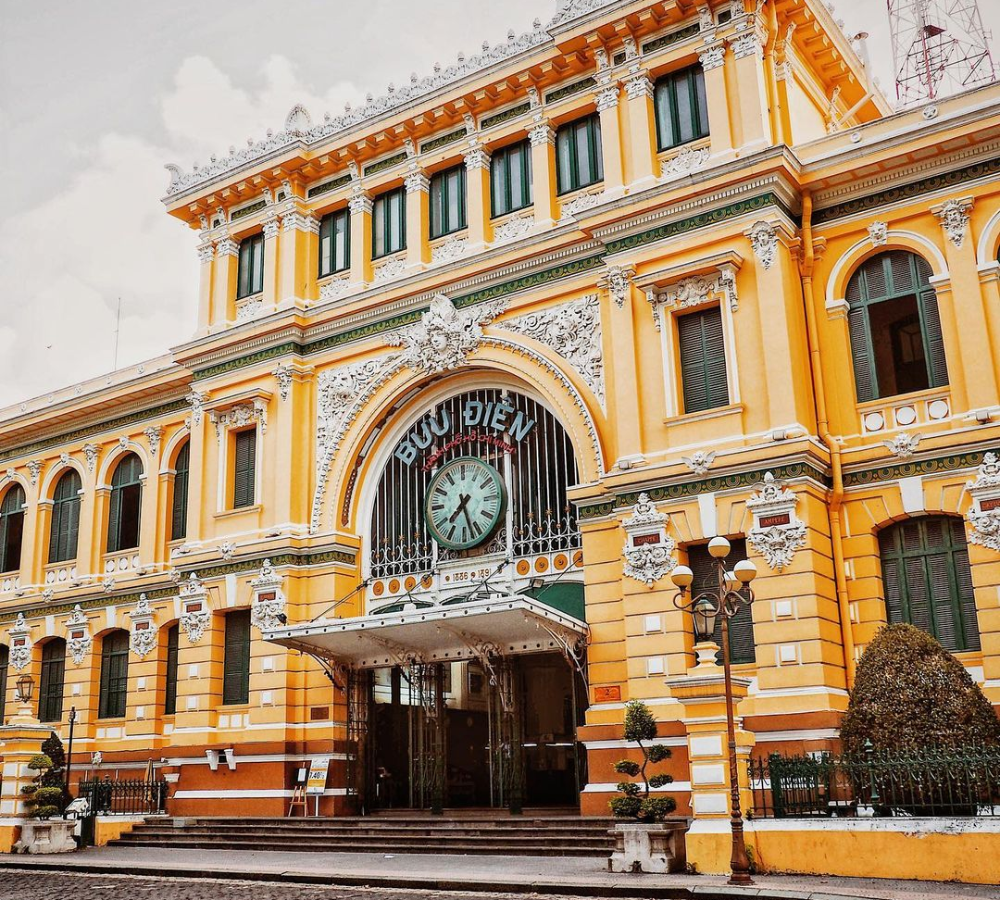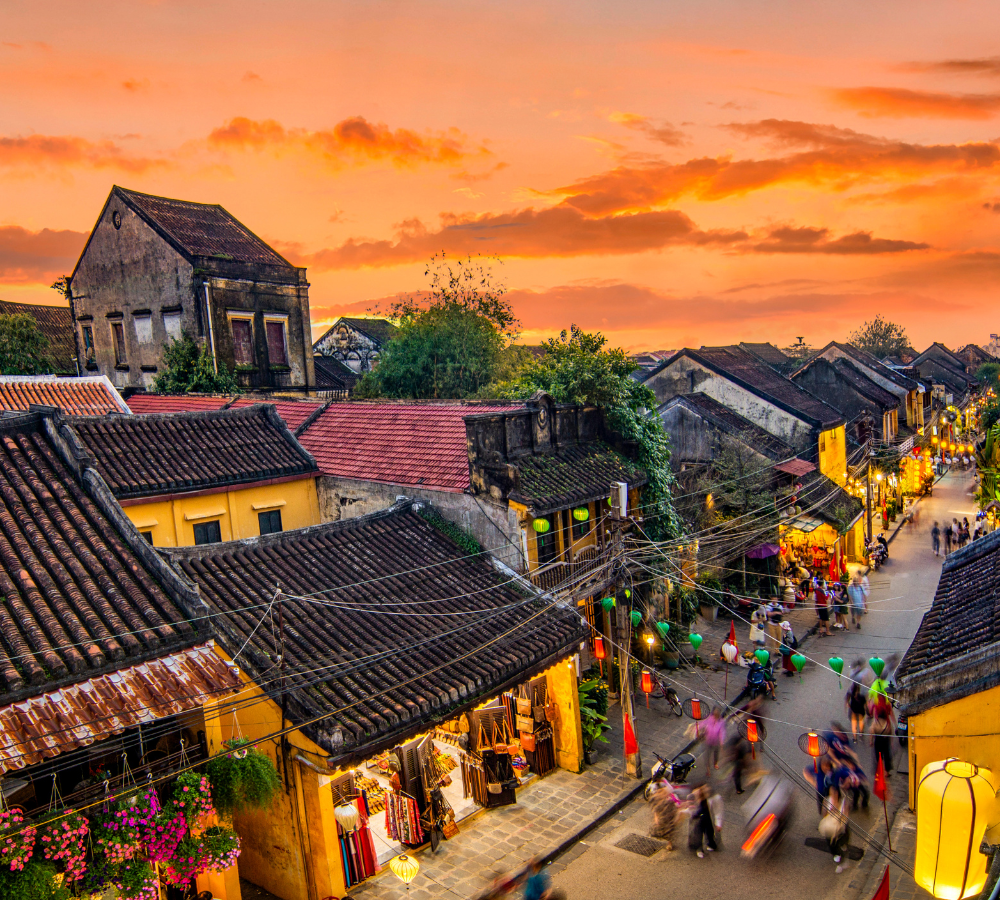The vestiges are situated in Binh Ta Hamlet, Duc Hoa Ha Commune, Duc Hoa District, Long An Province. Binh Ta’s architectural and archaeological vestiges including Go Xoai, Go Don and Go Nam Tuoc can be found 40km north-east of the town of Tan An in Long An Province.
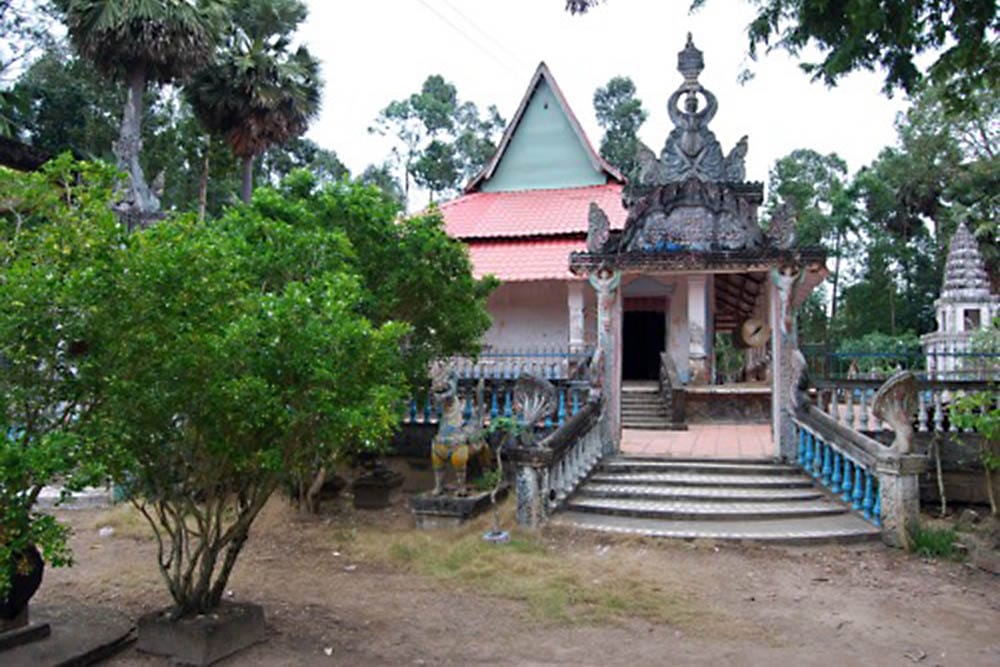
Go Xoai Temple at a depth of 1.7 to 1.9m is considered a one-time celebration place of the Phu Nam people. On a collection of 26 gold objects discovered in Go Xoai, there are thin gold leaves with sentences of Buddhist sutra written in the ancient Sanskrit language. Other valuable objects were also excavated here. There are pieces of Oc Eo pottery, metal, precious stones, sandstone and a series of other relics from primitive man discovered around the temple.
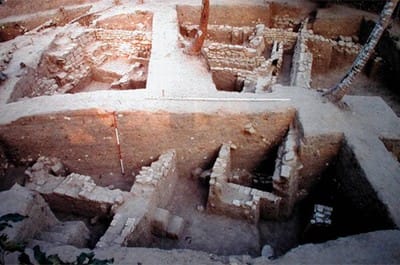
Architectural works discovered in Binh Ta’s vestiges are a temple dedicating to the Siva deity of Brahmanism which appeared in India around the first century BC and was introduced to southern Indochina at the beginning of the Christian era. Most of the works were constructed for religious purposes, but at the same time played a role as a cultural and political centre of the ancient state.















